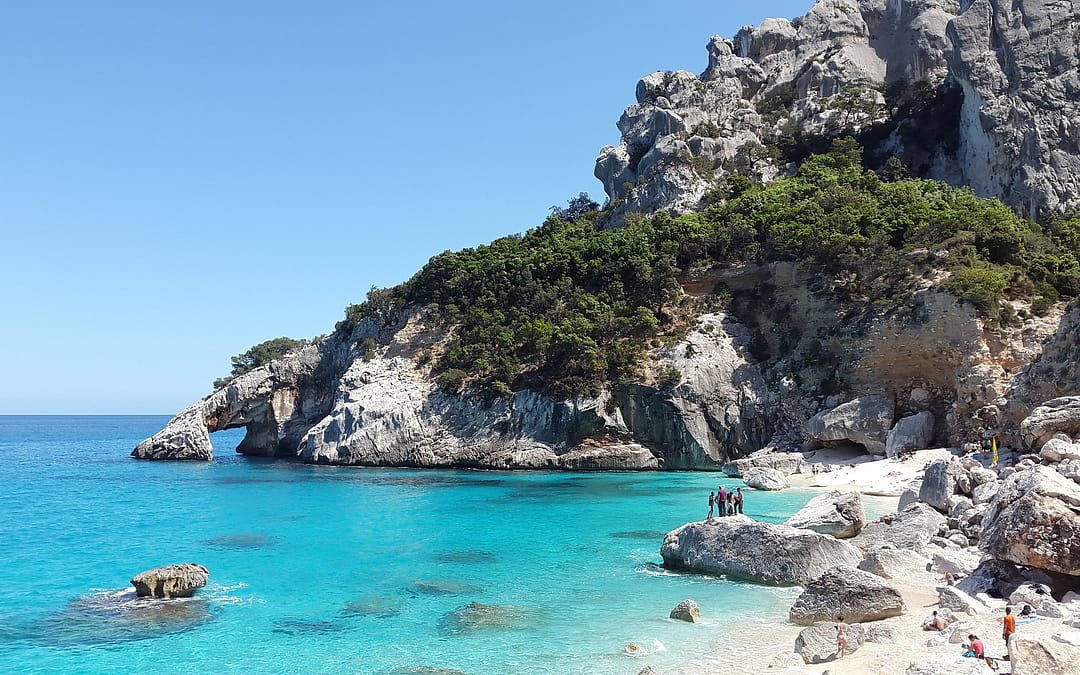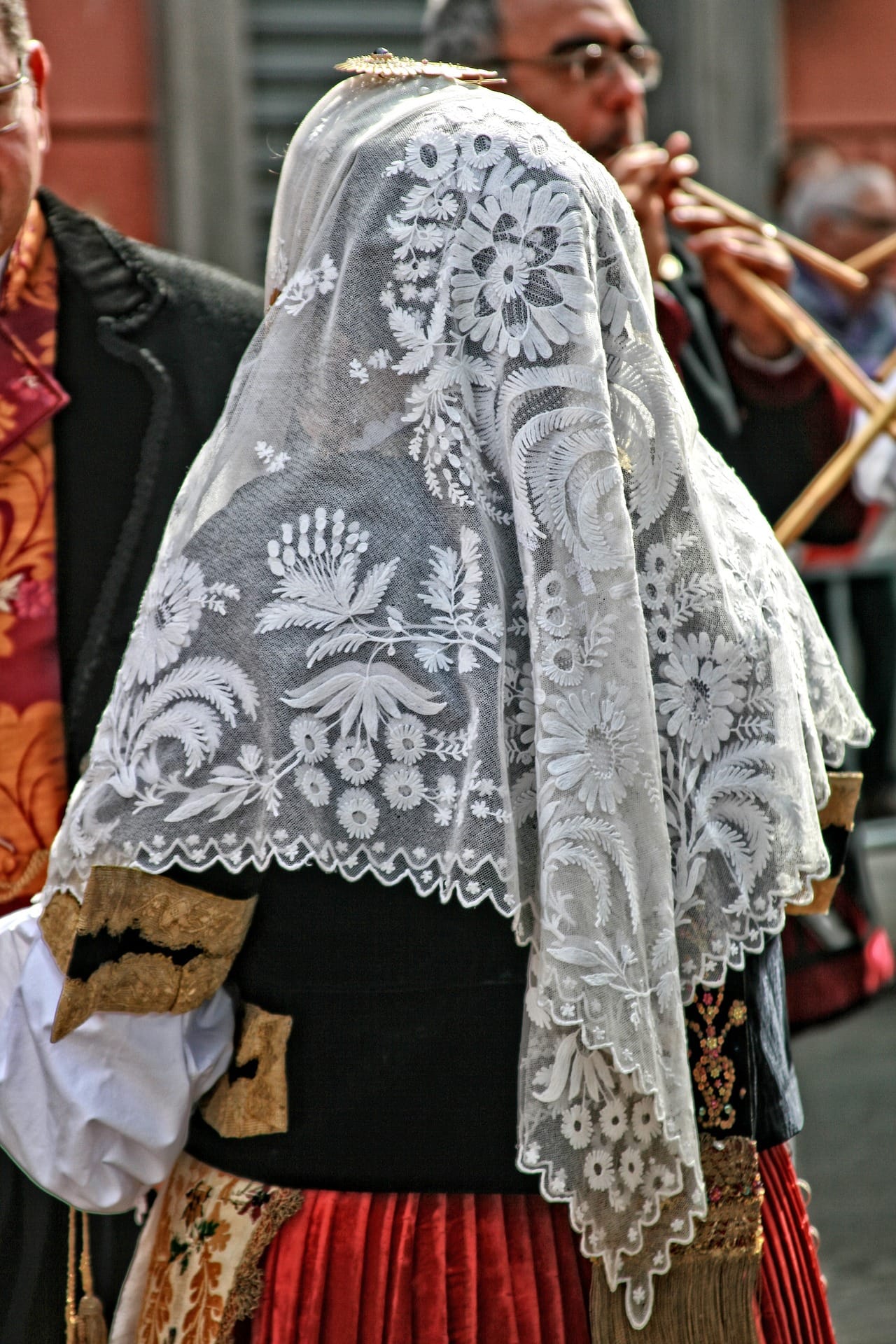Sardinia, with its stunning 1840 km coastline, is a global destination known for its emerald seas, natural contrasts, and ancient traditions. We’ll explore the island’s vast untouched landscapes, wildlife, historical marvels, and picturesque beaches that have captured the hearts of travelers worldwide.
Nature’s Bounty
Vast areas of Sardinia remain magically intact, housing deer, wild horses, and large birds of prey. From deserts to lush forests with ancient trees, the island’s landscapes are diverse and captivating. For those who prefer mountains, the Gennargentu region offers a chance to explore Sardinia’s largest mountain complex, home to mouflons, golden eagles, and endangered species.
Historical Marvels
Delve into Sardinia’s rich history with a focus on nuragic complexes scattered across the island. The iconic Nuraghi, built with massive stone blocks, stand as witnesses to ancient rituals and domestic life. Explore the UNESCO World Heritage-listed Barumini complex and its 7,000 megalithic monuments, each with a story dating back to 15th-6th century BC.
Beach Paradises
Discover some of Sardinia’s most beautiful beaches, from the dramatic Cala Goloritzé in the Gulf of Orosei to the enchanting Cala Brandinchi, known as the “little Tahiti.” Learn about the Prince’s Beach, La Pelosa in Stintino, and Santa Giusta Beach, each offering unique charms and breathtaking views.
Sardinia is a world-renowned destination celebrated for its emerald seas, natural wonders, and rich cultural heritage. This island, steeped in ancient traditions, offers a mesmerizing tapestry of contrasts, lights, and colors that bewitch visitors from around the globe.
This is a first part of our exploration into Sardinia that has unveiled its natural wonders, wildlife, and historical treasures. Read the second part, where to delve into the island’s cultural richness, underground marvels, and vibrant murals that make Sardinia a truly multifaceted gem.





